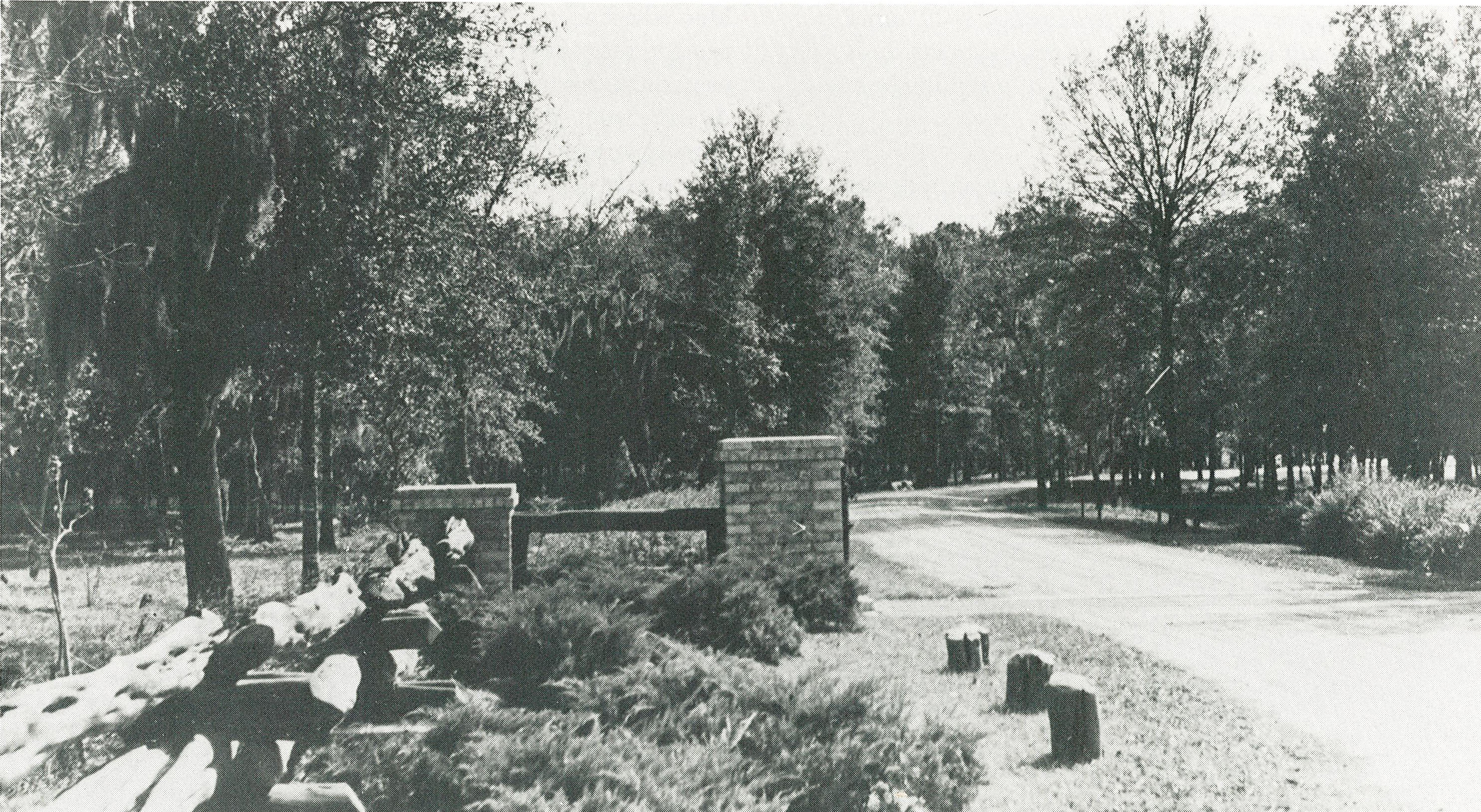CCC GAVE BEAUMONTERS A CITY PARK
By Judith Linsley
Beaumonters received a generous gift in 1920, when Captain W.C. Tyrrell, a local philanthropist, donated nearly 500 acres of land to the city for a park. The city was tasked with building park facilities and a road through the long, narrow property.
Problems arose, though, with grading, draining, and surfacing the low, flat "gumbo" soil, as well as with funding the project, and the 1920s went by with very little improvement. Ironically, the park became a practical reality during the lean years of the Great Depression, through two New Deal programs-the Civil Works Administration (CWA) and the Civilian Conservation Corps (CCC).
CWA personnel furnished the initial labor to dig drainage ditches, clear rights of way and remove stumps on the property. Then the city worked out a deal with the CCC to build roads, buildings, and other structures. The CCC, an organization created to provide young men with jobs, worked on civilian projects under U.S. Army supervision. Recruits led a military life, wearing uniforms, eating in mess halls, sleeping in barracks, buying candy and cigarettes at the company canteen. Some camps, including Beaumont, offered instruction in academic or vocational subjects. Over time, some 3000 CCC camps were established in the United States, with 96 located in Texas.
Work on Tyrrell Park began in early 1936. The camp was run by two men: Reese Martin, Beaumont Park and Recreation Director, who supervised the work; and ROTC Lieutenant George Schaumburg, who oversaw the military structure.
When the project finally got underway, the CCC recruits faced the same obstacles as before, mud and money. What money came from the government went to pay, feed, and clothe the recruits. So when it came to construction materials and methods, improvisation became the order of the day.
To build the road through the mud, CCC workers installed a makeshift frame around a flatbed truck, then drove to High Island and filled it with shell, using only shovels and rakes. On their return to the camp, another truck hooked onto the frame and dragged it and the shell off onto the roadbed for spreading.
For the park buildings and other facilities, CCC workers cut big cypress trees in the Sabine and Neches river bottoms (with the land owner's permission) and cut them into support beams and other structural elements. They constructed handmade forms and made bricks by mixing concrete and beach shell, using the same mix to craft decorative elements such as seashell designs on either side of the front door.
By 1939, the road, main recreation building, picnic shelters, golf course and part of the riding stables were complete. World War II was threatening by then, however, and when the U.S. entered it in late 1941, many of the CCC soldiers entered the real military and the CCC was disbanded in 1942. But several hundred young men learned valuable job skills, and Beaumonters were able to enjoy their woodland park for decades to come.
Judith Linsley, "Beaumont can thank federal programs for Tyrrell Park," Beaumont Journal, September 18-24, 1997; George Schaumburg, oral interview by Judith Linsley, January 26, 1993; Grady Gallien, oral interview by Judith Linsley, May 3, 1994.

